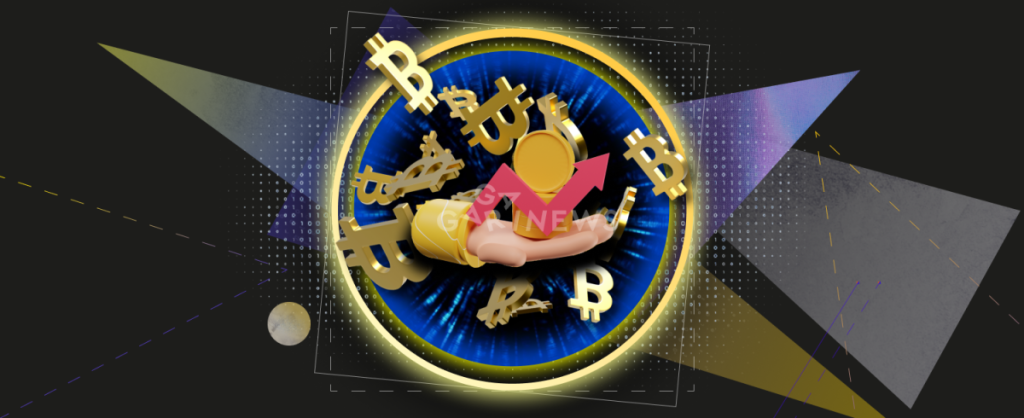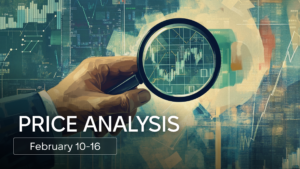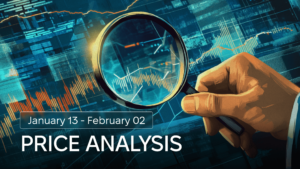Pump&Dump strategy: how it works and who earns from it

“Pump and Dump” is a strategy of artificially creating prerequisites for the growth and subsequent fall of the cryptocurrency price so that interested parties can get a quick profit.
Cryptocurrency projects or unreliable crypto exchanges often use this strategy for their own benefit. The Pump and Dump scheme is implemented as follows:
· A certain token is growing rapidly in large volumes;
· Users, who noticed the movement in the “hot” news, start buying the coin, pushing the price up with more force;
· The schemer, who caused the token’s growth, is waiting for a large trader influx and sells the coins at the highest possible price, causing a parallel reaction – a dump (a sharp drop) in the price.
Several entities profit from this. First, the scammer that managed to sell a lot of tokens at an inflated price. Secondly, the exchange where the manipulation was made: they get a hefty commission from a large trading volume.
There is another way to make money with Pump&Dump. There are many groups and channels on social networks that allegedly predict cryptocurrency pumps. They stir up interest with real or fake reviews of people, as well as past transactions, where they showcase a token “Pump” to convince people. The most naive users, believing that they got an excellent opportunity to earn on a future pump, buy a token, and thus they act as the price increase fuel, and after the dump, they are left with nothing.
Not every cryptocurrency can be pumped, though. If the pump is not prepared correctly, a company that is engaged in such a “business” will face losses. Here is the pump requirements list:
· The token should have low liquidity and a few orders in the order book so that less money is spent on pumping the price;
· The Pump&Dump initiators must hold 80-90% of the total supply. Otherwise, a sharp price rise will simply end with the sale of tokens by holders, which will lead to a loss for the pump initiators themselves;
· Preliminary advertising campaign of the token or exchange where speculation will be carried out;
· Any planned out reason to cover the tracks and refer to the activity of the users themselves, and not to artificial growth;
· The limited number of trading pairs or platforms. It is best if the token is only traded on one / two exchanges to prevent arbitrage.
The SONM (SNM) is one of the latest pumps worth mentioning. The token increased by 5000% in 2 days, and the reason was the alleged coin burning. 80% of the token supply was under the control of the crypto exchange where the token was traded, so the scheme was carried out by the book.
After rapid growth, the token returned to its previous values just as quickly. The trading volume reached $1 billion, while the numbers before the manipulation rarely exceeded $3-5 million per day. The schemer’s potential profit seems obscenely high.
SONM (SNM) token Pump&Dump
Not every crypto explosion is a sign of a planned pump, though. Sometimes, due to weak liquidity or a strong newsbreak, a sharp influx of users provokes the coin’s explosive growth. These cases are easy to distinguish from manipulation because they take place on relatively reliable cryptocurrencies, and trading platforms, and for obvious reasons.
For example, this year, the MOVR coin drastically rose on the HUOBI exchange due to high network activity. Interestingly, the exchange quickly ran out of “sellers”, and the platform suspended the deposit service, which made the token’s price differ by 500% from the cost on other exchanges.
MOVR token pump on Huobi
The price was high for a long time, followed by the market maker’s manual stabilization.
This situation is the best opportunity to earn on the cryptocurrency pump. The circumstances must align in such a way that you have the right token on the right exchange, which will grow at the right time. Otherwise, you should not mess with pumps, as they are created to bring profit to the instigators, and not to ordinary users.
The content on The Coinomist is for informational purposes only and should not be interpreted as financial advice. While we strive to provide accurate and up-to-date information, we do not guarantee the accuracy, completeness, or reliability of any content. Neither we accept liability for any errors or omissions in the information provided or for any financial losses incurred as a result of relying on this information. Actions based on this content are at your own risk. Always do your own research and consult a professional. See our Terms, Privacy Policy, and Disclaimers for more details.




























